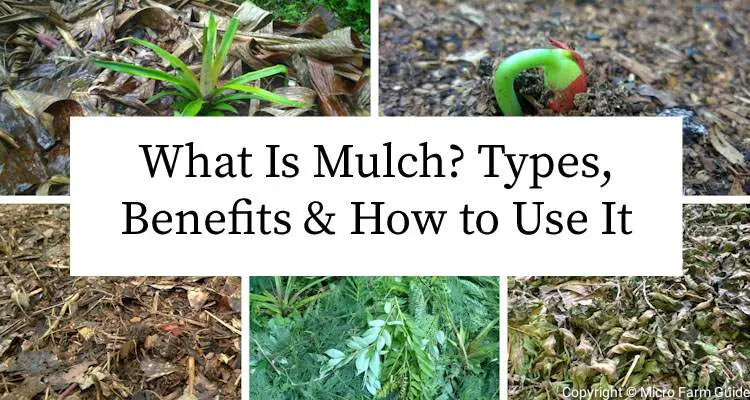Mulch is any material, such as shredded leaves, wood chips, or even rocks, used to cover the soil in your garden.
However, it isn’t there only to look pretty, but plays a vital role in managing weeds, moisture, and nutrients in the soil.
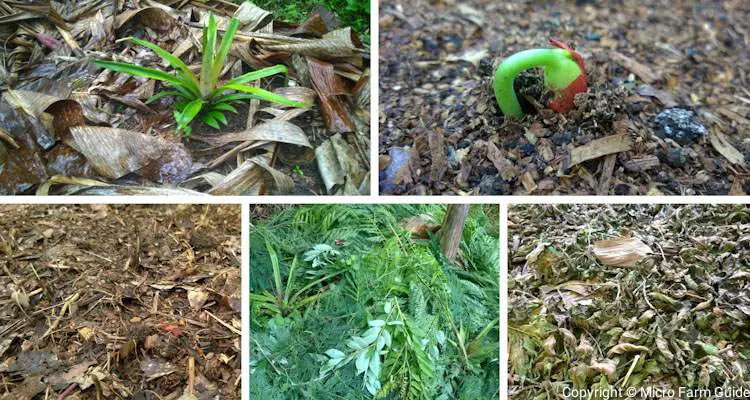
In this article, we’ll explore everything you need to know about mulch; from types of mulch to benefits, and how to use it properly in your garden.
That said, let’s dive right in and examine some materials you can use as mulch for gardening.
Types of Mulch Used For Gardening
First, there are many different types of mulch. However, these usually belong to two main groups: organic and inorganic.
Organic mulch is made from materials that were once alive such as wood chips, leaves, tree bark or straw. These are all able to break down over time, returning nutrients to the soil.
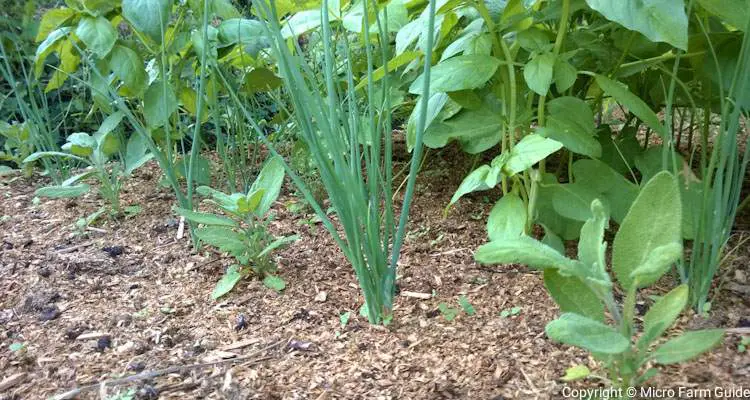
Inorganic mulch, on the other hand, usually refer to synthetic materials such as plastics, rubber, or other manufactured materials. However, it can also can include materials such as rocks, pebbles, and gravel. These material don’t break down easily but work great to keep your garden tidy.
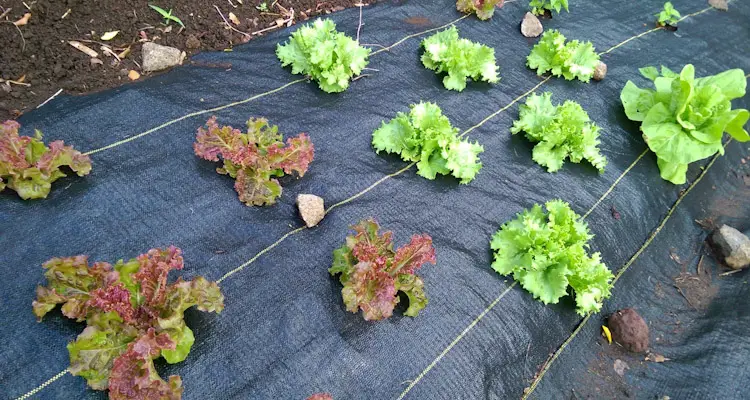
Organic mulch is fantastic for most situations, but needs to be replaced regularly, while inorganic mulch is excellent for areas where you don’t want anything to grow. With this in mind, let’s consider:
How to Use Mulch In The Garden
First, you need to find the right mulch based on the crops you intend to grow, your terrain, and the weather.
For example, you can use tree trimmings to cover the floor of food forests or around the base of perennial plants. Yet, you’ll have to first reduce their size if you wish to use them with leafy vegetables. t
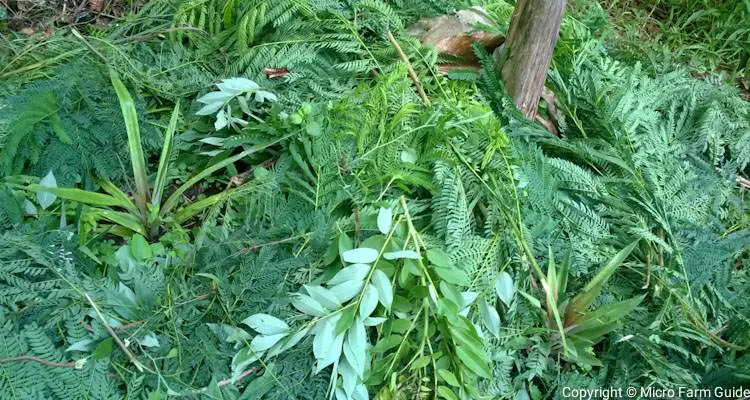
Once you have a suitable mulch, spread it evenly over the planting area about 2 to 4 inches deep.
Ideally, you should do this before planting. Then simply “fill in the gaps” between plants as the mulch breaks down.
Avoid placing the mulch directly onto the stems of plants. Instead, create a “nest” around them.
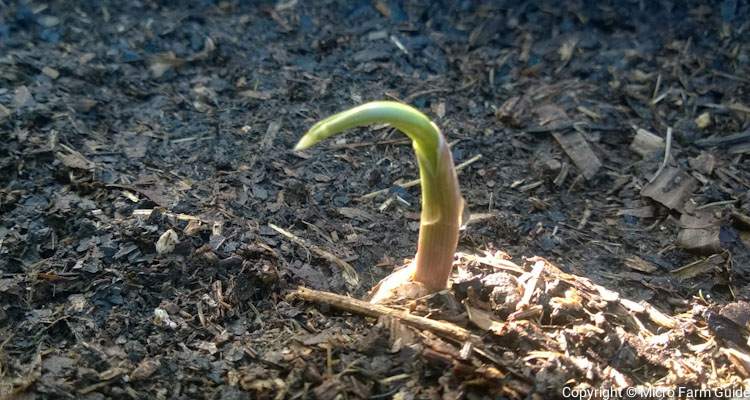
Benefits of Mulch
Mulch is one of the most versatile things you can use in your garden. Here are some of the many benefits you can look forward to:
1. Mulch serves as a weed barrier, preventing weeds from receiving the sunlight they need to grow.
2. It helps to lower the chances of soil erosion by protecting the soil from the full impact of wind and rain.
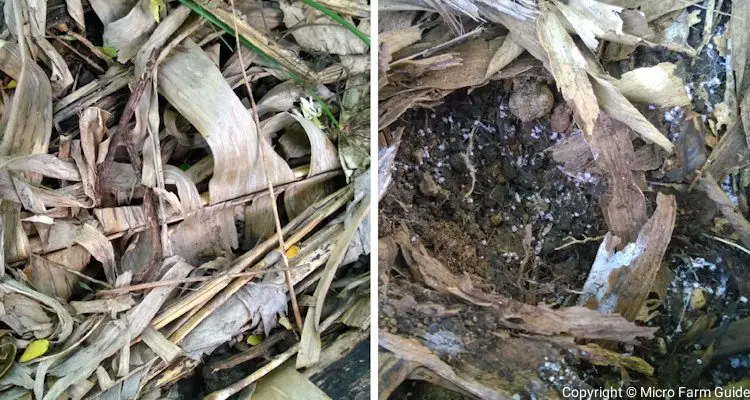
3. Mulch helps to keep the soil moist by preventing water loss due to evaporation.
4. It also helps to protect the soil against extreme temperatures and weather, creating the ideal conditions for roots and soil life to thrive.
Drawbacks Of Using Mulch
Now, there are some times when things can go really wrong due to the incorrect use of mulch.
For example, some creatures like to make their homes in certain types of materials. So you can unintentionally attract pests to your garden.
But don’t worry, while some of these critters can be annoying, most are usually harmless.
Plus, beneficial creatures will eventually enter your mini ecosystem and help to manage your unwanted guests.
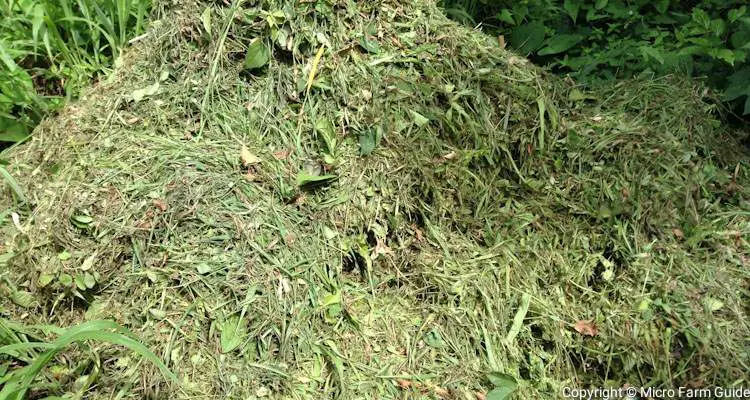
Next, too much moisture can lead to mold and mildew, especially in matted mulch, such as grass clipping, so you’ll have to be careful.
If possible, avoid materials that form mats or you can mix them with coarser materials to prevent sticking.
As you can see, these are simple issues that can be avoided by using suitable materials, which is also one of the:
Best Practices For Using Mulch
So, now that you have an idea about mulching. Here are some tips you can follow to ensure you make the best of it:
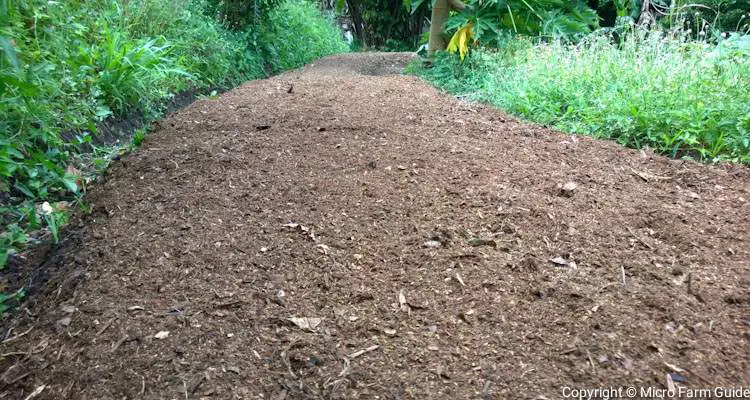
1. Use mulch based on the crops you intend to grow.
2. Add 2 to 4 inches of mulch to all exposed areas in your garden, prioritizing growing areas.
3. Create a mulch circle or nest around existing plants to avoid piling mulch against the stems of plants or trunks of trees.
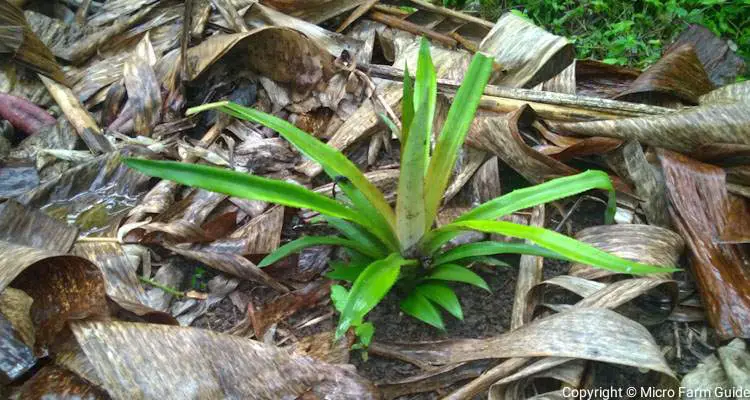
4. Check the amount of moisture in the mulch-covered soil before watering. You can use a moisture meter or stick your finger in the soil.
5. Monitor the thickness of the mulch in your garden, and add more material to areas that become thin or exposed.
Environmental Impact Of Mulch
Mulch isn’t just good for your garden but improves the environment.
Mulch helps keep water from evaporating, keeping the soil moist. This means you’ll need to use less water for irrigation.
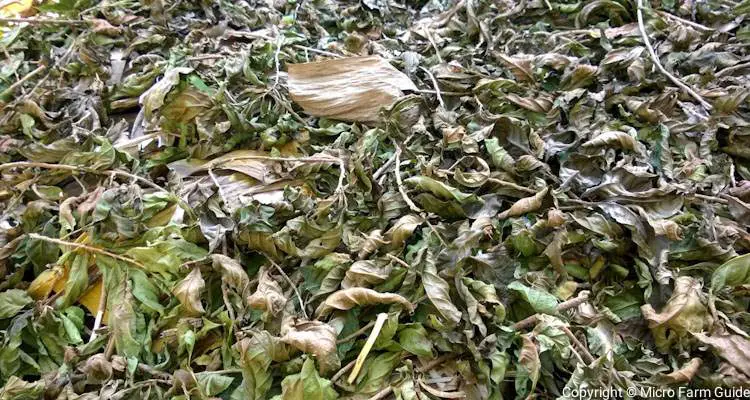
It helps shield the soil from the direct impact of raindrops, allowing it to slowly penetrate the soil, lowering the chances of soil erosion.
Mulch uses organic waste that would have otherwise been burnt or dumped in landfills.
Similarly, some mulch is made from recycled plastics, which extends the useful life of these potentially harmful waste materials.
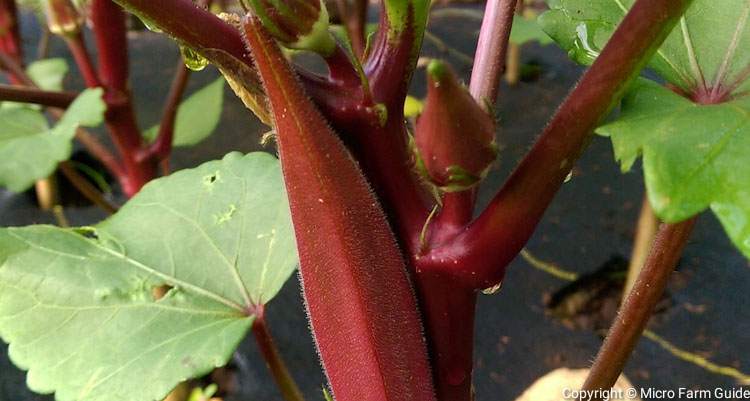
Final Thoughts
In a nutshell, mulch is an easy way to boost your garden’s health and beauty.
It’s like a shield for your garden, protecting the soil from erosion, fighting off weeds, and saving water.
So, go ahead and give it a try in your garden!
Please reach out if you have any questions or want more gardening tips.
Or you can visit our Gardening Page for additional information to make your garden even more amazing.
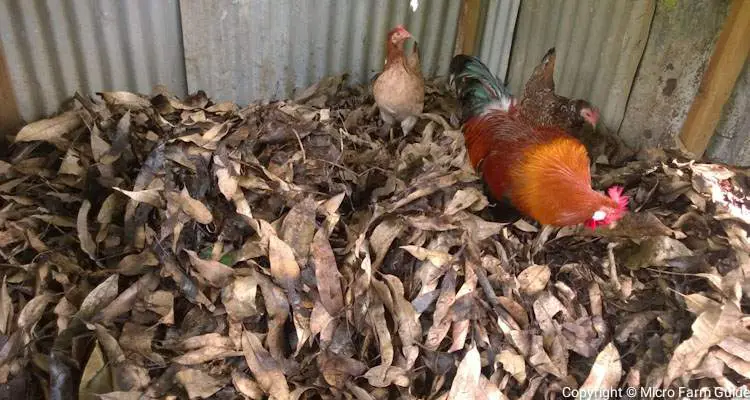
Related Questions
1. How do you make mulch?
To make mulch, gather leaves, branches, or wood chips. Shred them using a mulcher or chipper. You can use them as is or allow them to break down slightly before using them.
2. Is mulch the same as compost?
No, mulch and compost are different. Mulch is any organic or inorganic material used to create a protective layer on soil. At the same time, compost is decayed organic matter which can also be used as mulch.
3. What is the best mulch to stop weeds?
Heavy-duty, breathable landscaping fabric is the best mulch to stop weeds. However, it is not necessarily the best mulch to use as it does not contribute to soil fertility.
4. What is the difference between garden soil and mulch?
Garden soil is the growing media where plants grow. It’s made up of dirt, organic material, and microorganisms. Mulch is anything used to cover the surface of the soil.
References
USDA. Mulch. usda.gov. Accessed October 2023
University Of New Hampshire. Garden Mulch [Fact Sheet]. extension.unh.edu. Accessed October 2023

